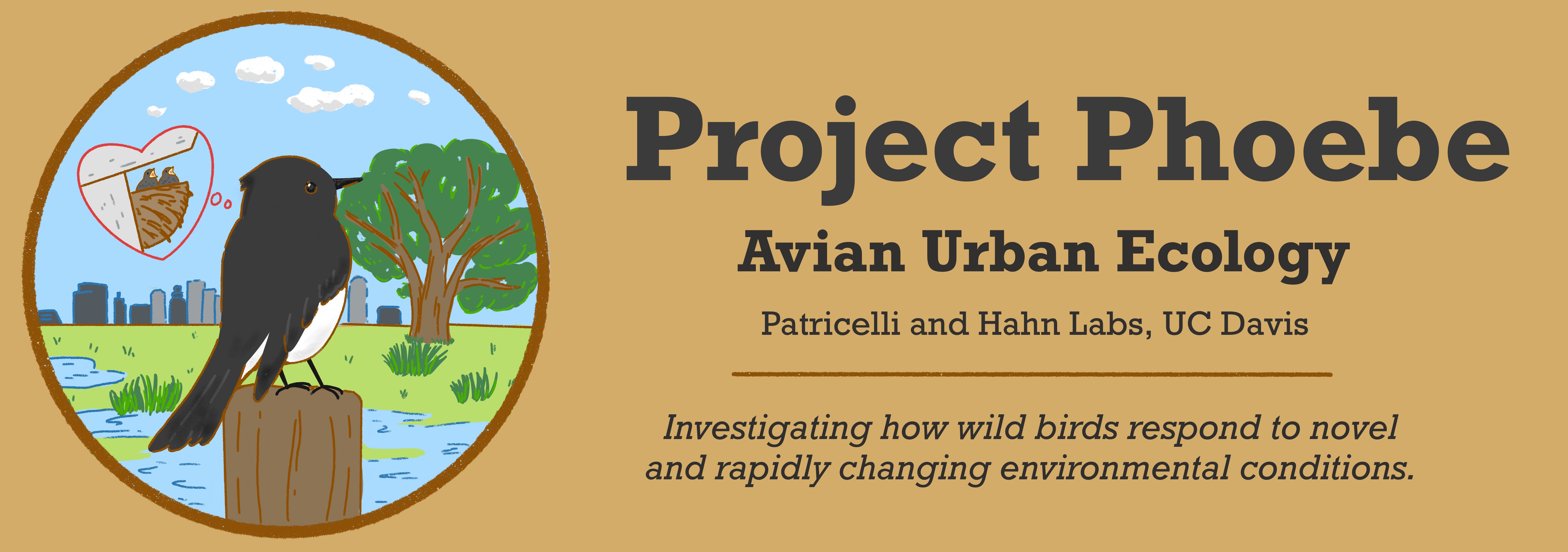Urban Field Guide: Wild Turkey (Meleagris gallopavo)

Wild turkeys strut their way across paved streets, moving through neighborhoods at a leisurely pace. As they cross the road, cars stop to let the flock pass, their drivers looking out at the long-limbed and colorful birds. Sometimes, a chorus will go up through the flock – a cascade of gobbles, calling out over the traffic noise. Once suffering severe decline, wild turkeys now gather in relative abundance. Their habitat is more and more often covered in human development – over the decades, they are learning to live in these new, human-changed spaces.
Wild Turkeys are almost unmistakable in North American cities. They make a striking sight with their large size and brilliant feathers. Some of their favorite spots include suburbs, parks and other urban areas with green space, where there are plenty of grains and nuts for them to forage on and trees for shelter.
Notable Features:
- Agile in the Air: Wild turkeys are surprisingly agile fliers. While they prefer to forage on the ground, if something frightens them enough, the turkeys will take to the air, heading for higher ground and waiting atop the branches of a tall and sturdy tree until the danger is passed. They use these trees as sleeping places at night as well, where the flock is much safer from ground predators.
- Dedicated Wingmen: When wild turkeys are in their mating season, the males split off into groups. Each of these groups consist of one dominant male (with his massive, puffed up feathers and tail on display) and a group of non-dominant males, who all help the dominant male find a mate. These helper males are usually the dominant male’s brothers or cousins. The helpers are hugely important to the dominant male’s success, and can make a big difference in how successful the dominant male is that season (Krakauer 2005).
- Talking Turkey: Turkeys have a wide range of vocalizations. Their characteristic “gobble” is performed primarily by males, who use it to draw in females or fend off rival males. Female turkeys use a series of cries called an “assembly call” in order to group up a separated flock. Lost turkeys likewise use high-pitched whistles to locate the rest of their group, and sharp staccato “cackles” are used to note when a turkey is flying up or down from the safety of a tree.
A century ago, wild turkey populations in North America were in serious trouble. Thanks to conservation efforts, the population has skyrocketed, and the species is now marked as Least Concern. In fact, the range of the wild turkey appears to be expanding over time. Is it thanks to a newfound home in the city? Soon, they might be flocking to a neighborhood near you.
I frequently attempt to communicate with wild turkeys by gobbling at them whenever I pass by. My accent still needs some work. – A.J.
Works Cited:
- Krakauer, A. Kin selection and cooperative courtship in wild turkeys. Nature 434, 69–72 (2005).
- Londe DW, Moeller AK, Lukacs PM, Fuhlendorf SD, Davis CA, Elmore RD, Chitwood MC. Review of range-wide vital rates quantifies eastern wild Turkey population trajectory. Ecol Evol. 2023 Feb 22;13(2):e9830. doi: 10.1002/ece3.9830.

